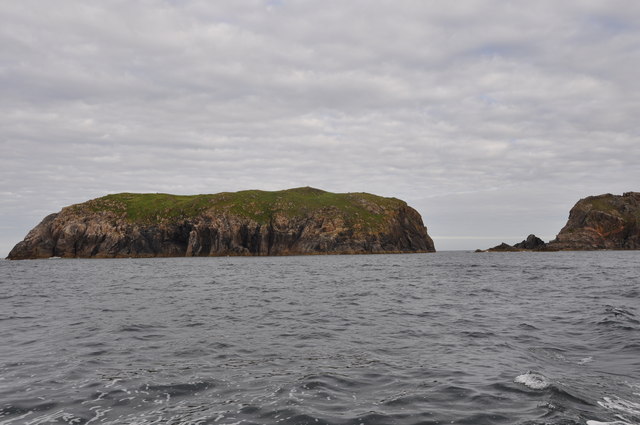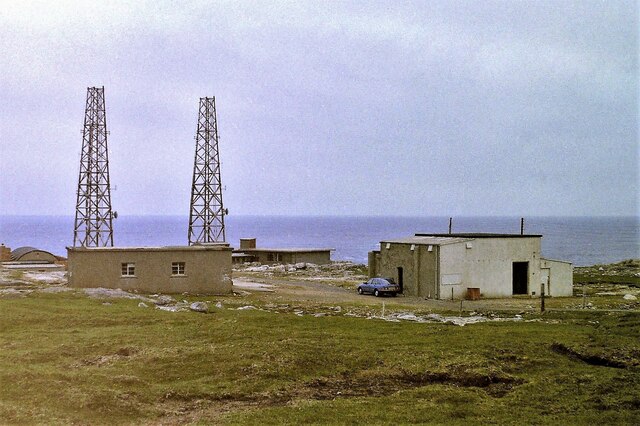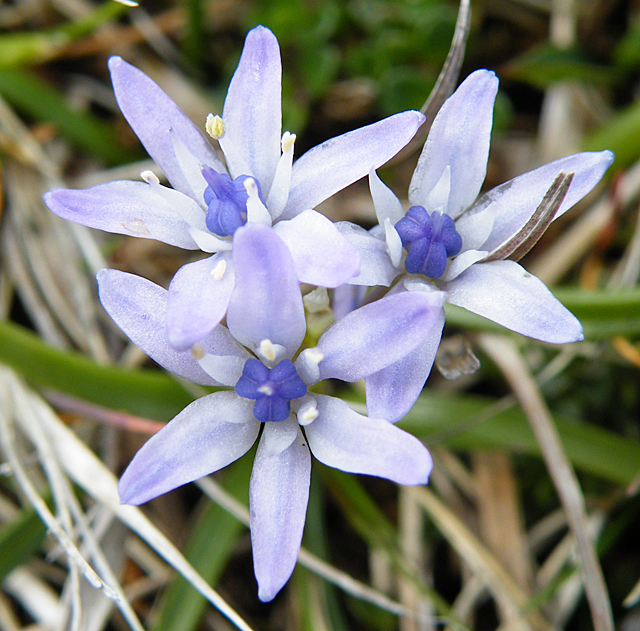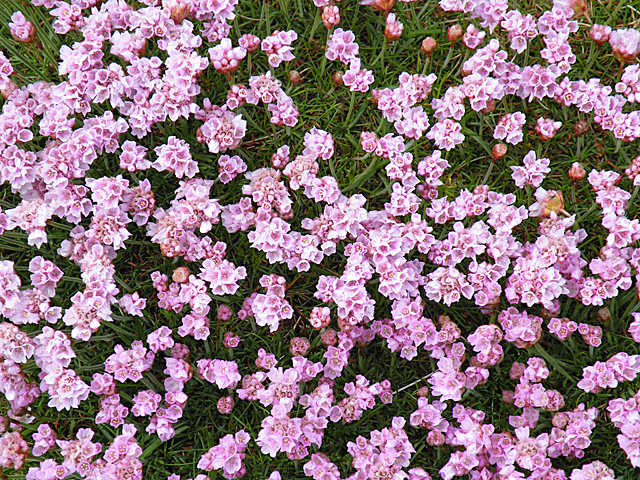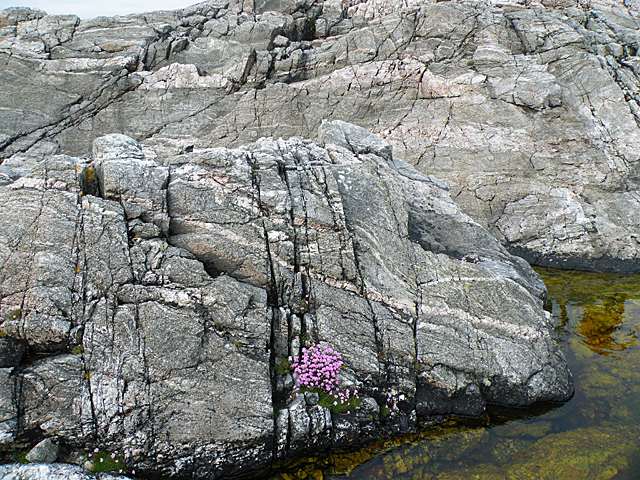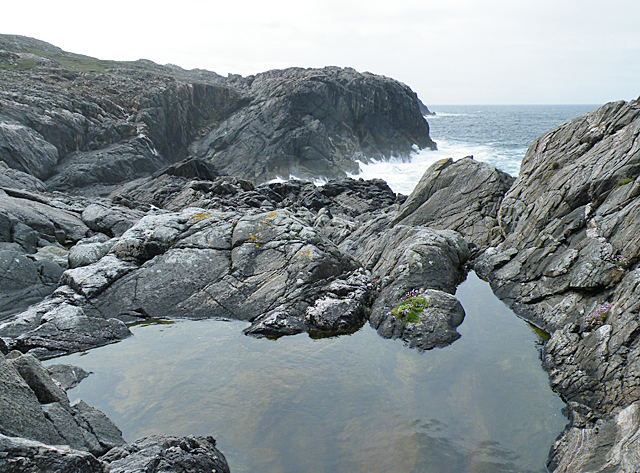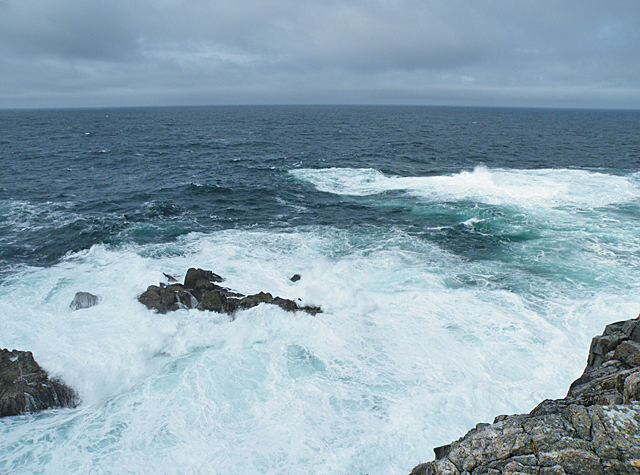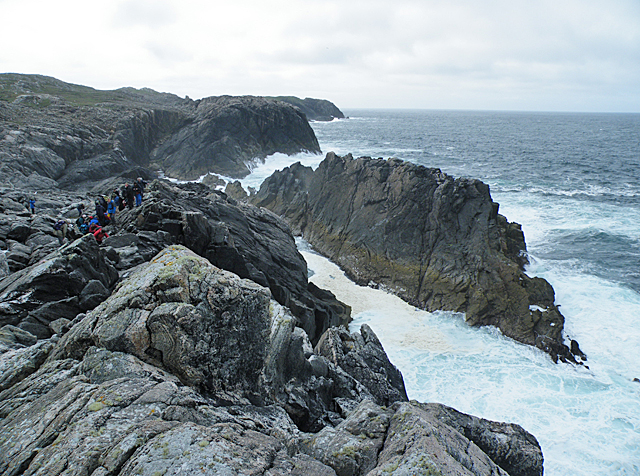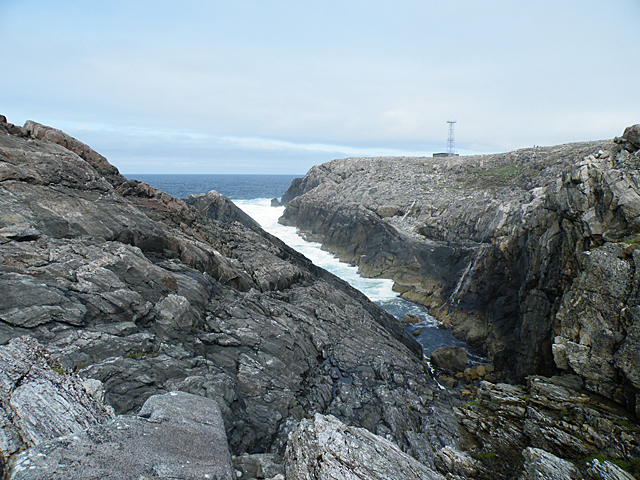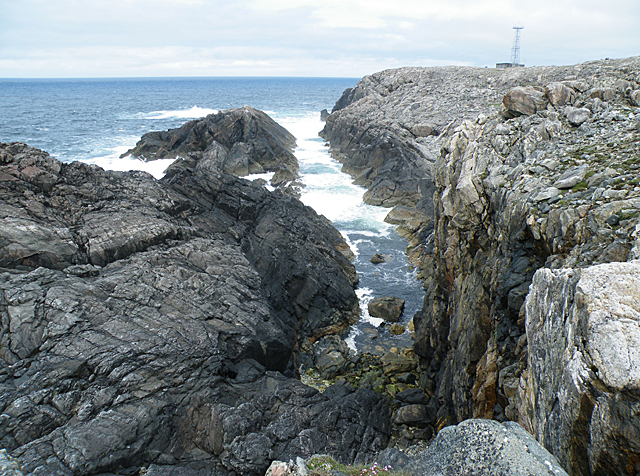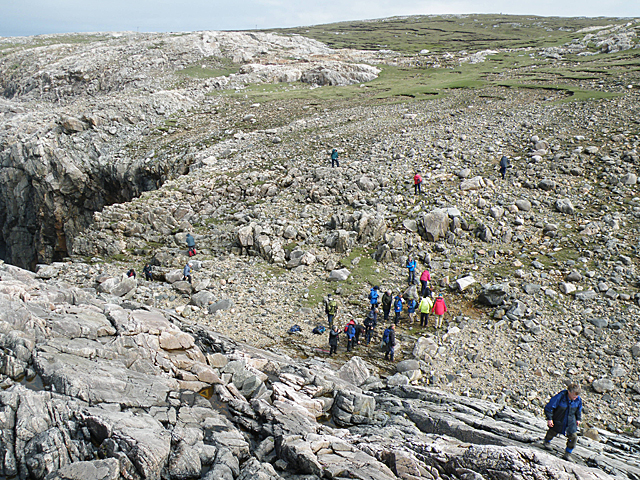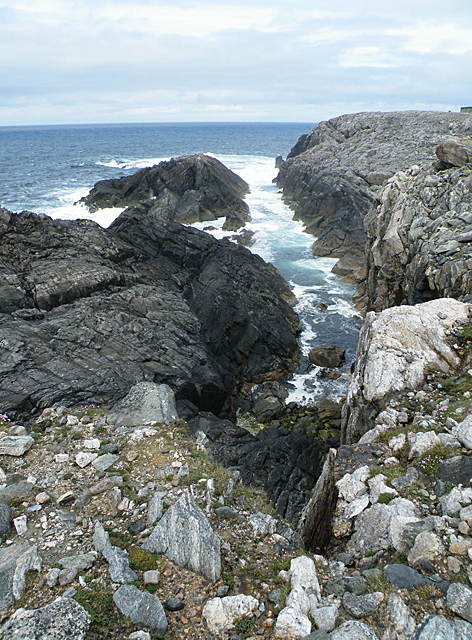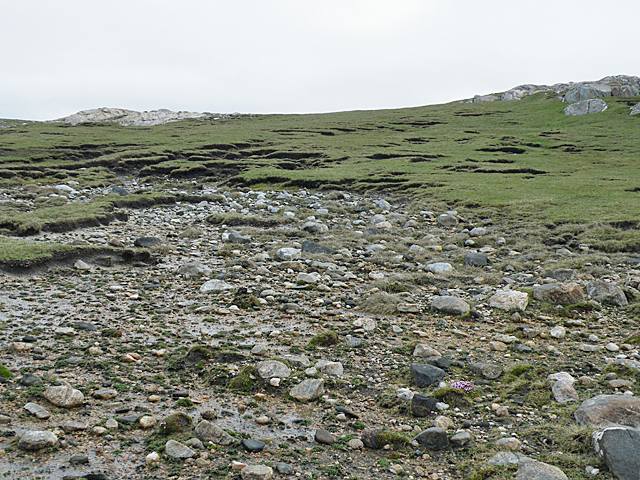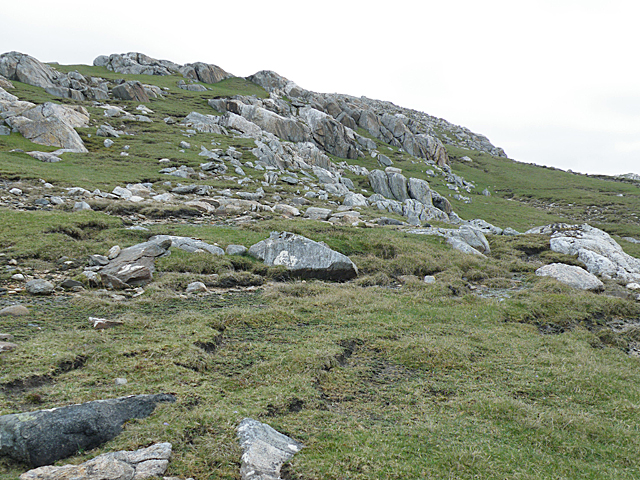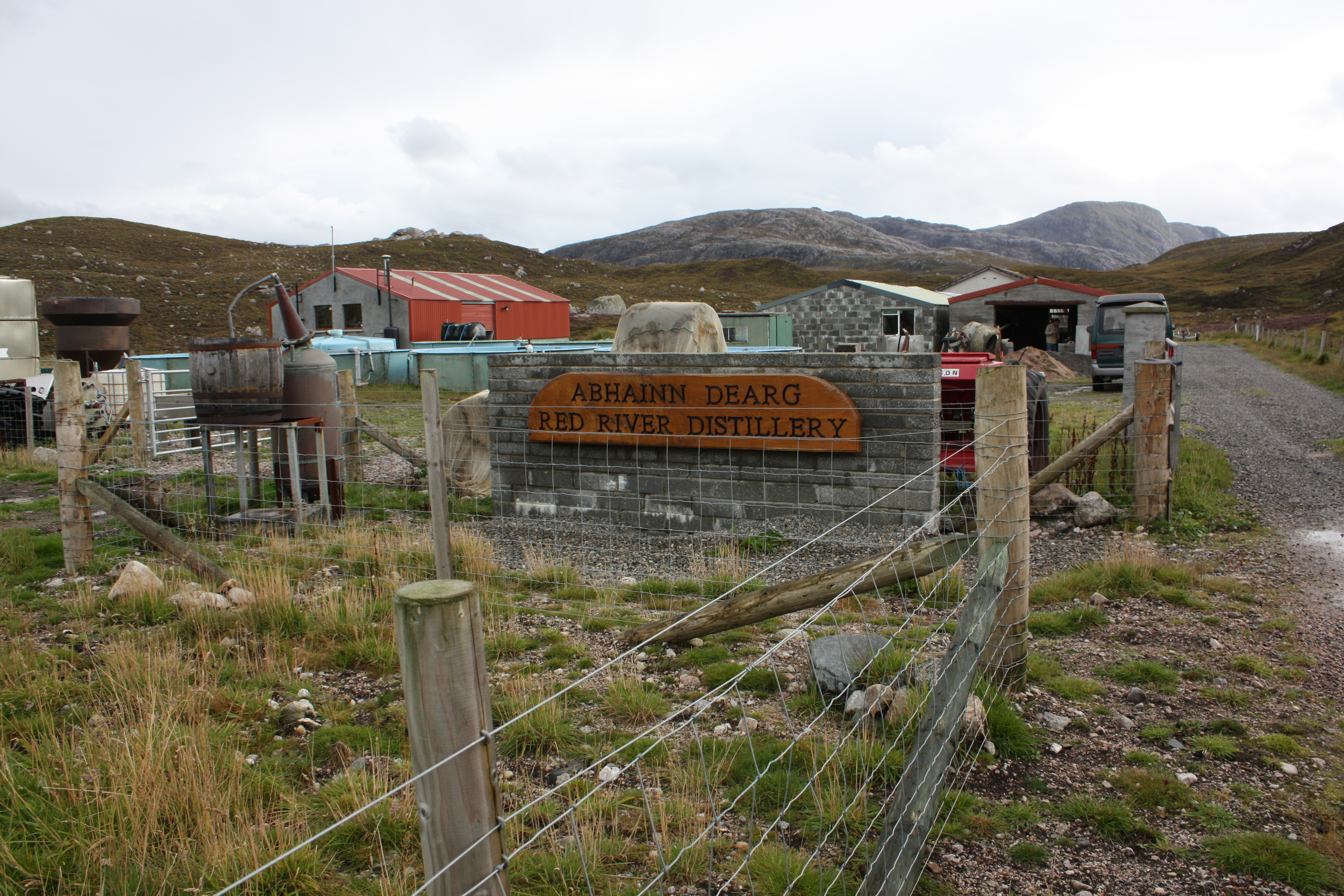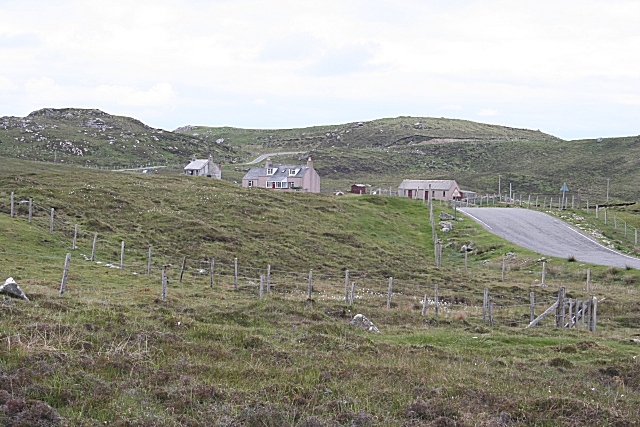Sgeirean nan Lagan Tiorma
Island in Ross-shire
Scotland
Sgeirean nan Lagan Tiorma
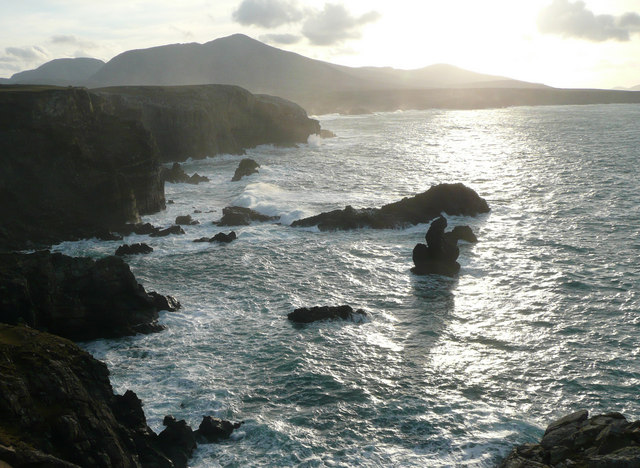
Sgeirean nan Lagan Tiorma, located in Ross-shire, is a group of small islands situated off the west coast of Scotland. These islands are known for their rugged and rocky terrain, making them a popular destination for adventure seekers and nature enthusiasts.
The islands of Sgeirean nan Lagan Tiorma are characterized by their towering cliffs, which provide breathtaking views of the surrounding sea and coastline. The cliffs are home to various species of seabirds, including puffins, guillemots, and razorbills, making them a haven for birdwatchers. Visitors can observe these fascinating creatures in their natural habitat, as well as enjoy the stunning natural beauty of the islands.
The islands are also home to several species of marine life, including seals and dolphins, which can often be spotted swimming in the surrounding waters. The diverse ecosystem of Sgeirean nan Lagan Tiorma supports a rich variety of flora and fauna, with wildflowers blooming in the summer months and mosses and lichens covering the rocky landscape.
Access to Sgeirean nan Lagan Tiorma is mainly by boat, with regular ferry services available from the mainland. The islands offer opportunities for hiking, birdwatching, and exploring the rugged coastline. Visitors can also enjoy fishing in the surrounding waters or simply relax and take in the tranquil atmosphere of these remote and untouched islands.
Overall, Sgeirean nan Lagan Tiorma is a unique and picturesque destination, offering visitors a chance to immerse themselves in Scotland's natural beauty and observe its diverse wildlife in a stunning coastal setting.
If you have any feedback on the listing, please let us know in the comments section below.
Sgeirean nan Lagan Tiorma Images
Images are sourced within 2km of 58.187344/-7.0903881 or Grid Reference NB0033. Thanks to Geograph Open Source API. All images are credited.
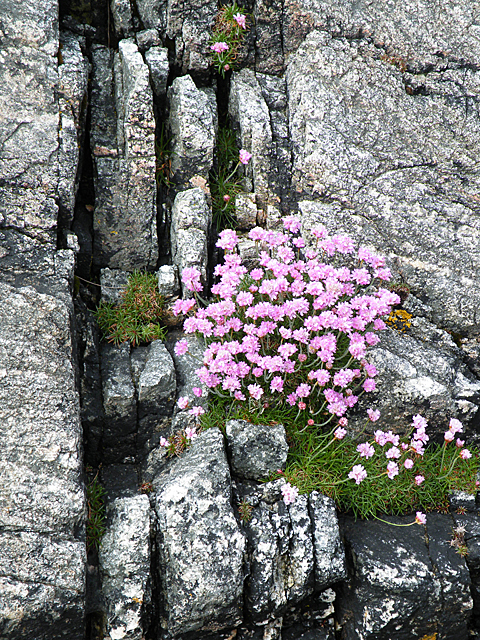
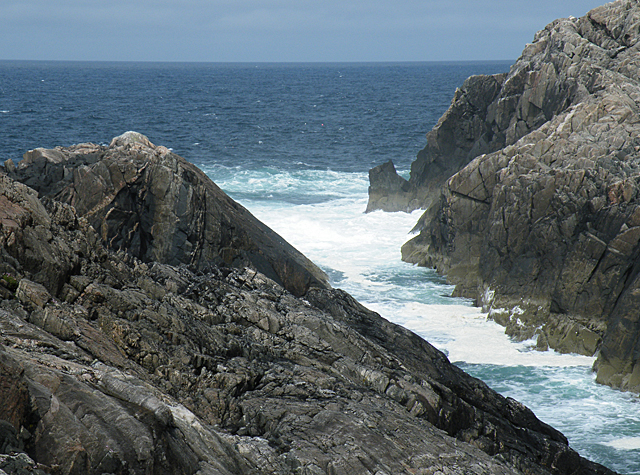

Sgeirean nan Lagan Tiorma is located at Grid Ref: NB0033 (Lat: 58.187344, Lng: -7.0903881)
Unitary Authority: Na h-Eileanan an Iar
Police Authority: Highlands and Islands
What 3 Words
///priced.samplers.jump. Near Carloway, Na h-Eileanan Siar
Related Wikis
Stac Dhòmhnaill Chaim
Stac Dhòmnuill Chaim, or Stac Dhòmhnaill Chaim, or Stac Domhnuill Chaim, is a fortified promontory located near Mangursta (or Mangersta, Scottish Gaelic...
Abhainn Dearg distillery
Abhainn Dearg distillery ( AV-in JAIRG) or Red River distillery is a Scotch whisky distillery in Uig, on the west coast of the Isle of Lewis in the Outer...
Ardroil
Ardroil (Scottish Gaelic: Eadar Dhà Fhadhail) is a village on the Isle of Lewis in the Outer Hebrides, Scotland. Ardroil is within the parish of Uig....
Uig, Lewis
Uig (Scottish Gaelic: Ùig [uːkʲ]), also known as Sgìr' Ùig, is a civil parish and community in the west of the Isle of Lewis in the Outer Hebrides, Scotland...
Nearby Amenities
Located within 500m of 58.187344,-7.0903881Have you been to Sgeirean nan Lagan Tiorma?
Leave your review of Sgeirean nan Lagan Tiorma below (or comments, questions and feedback).
